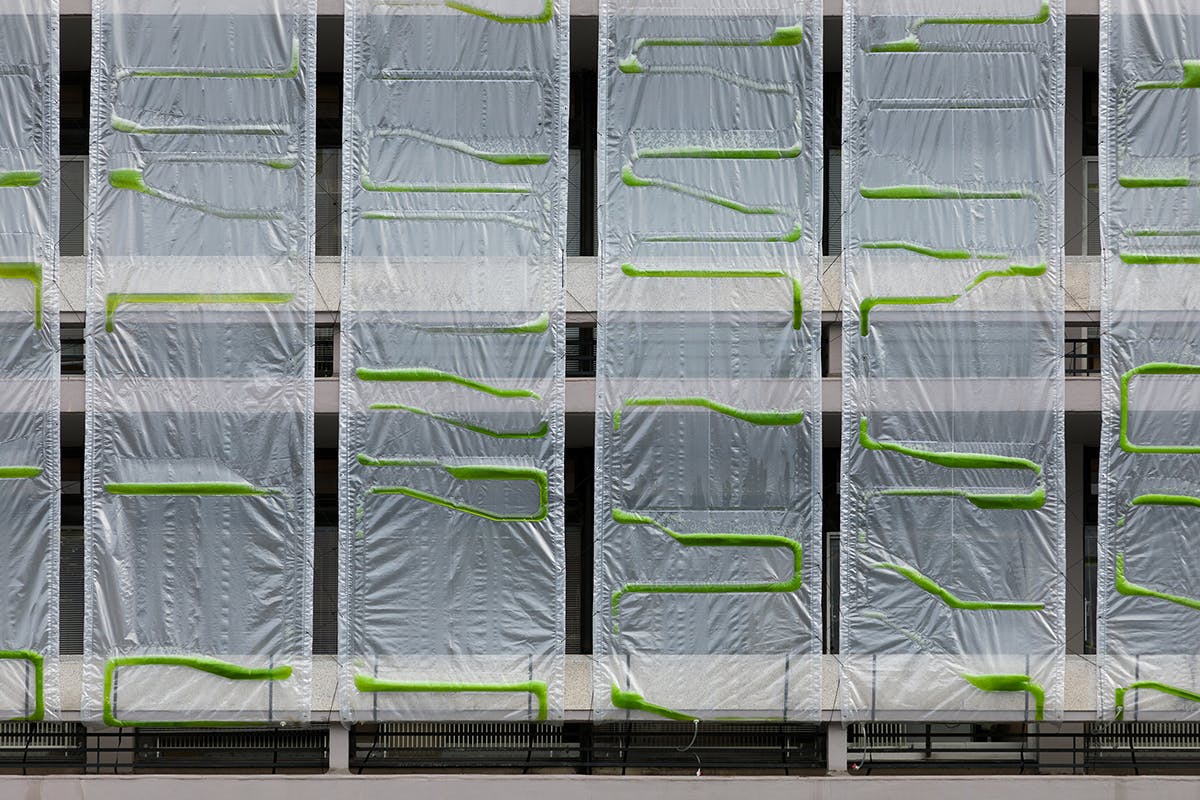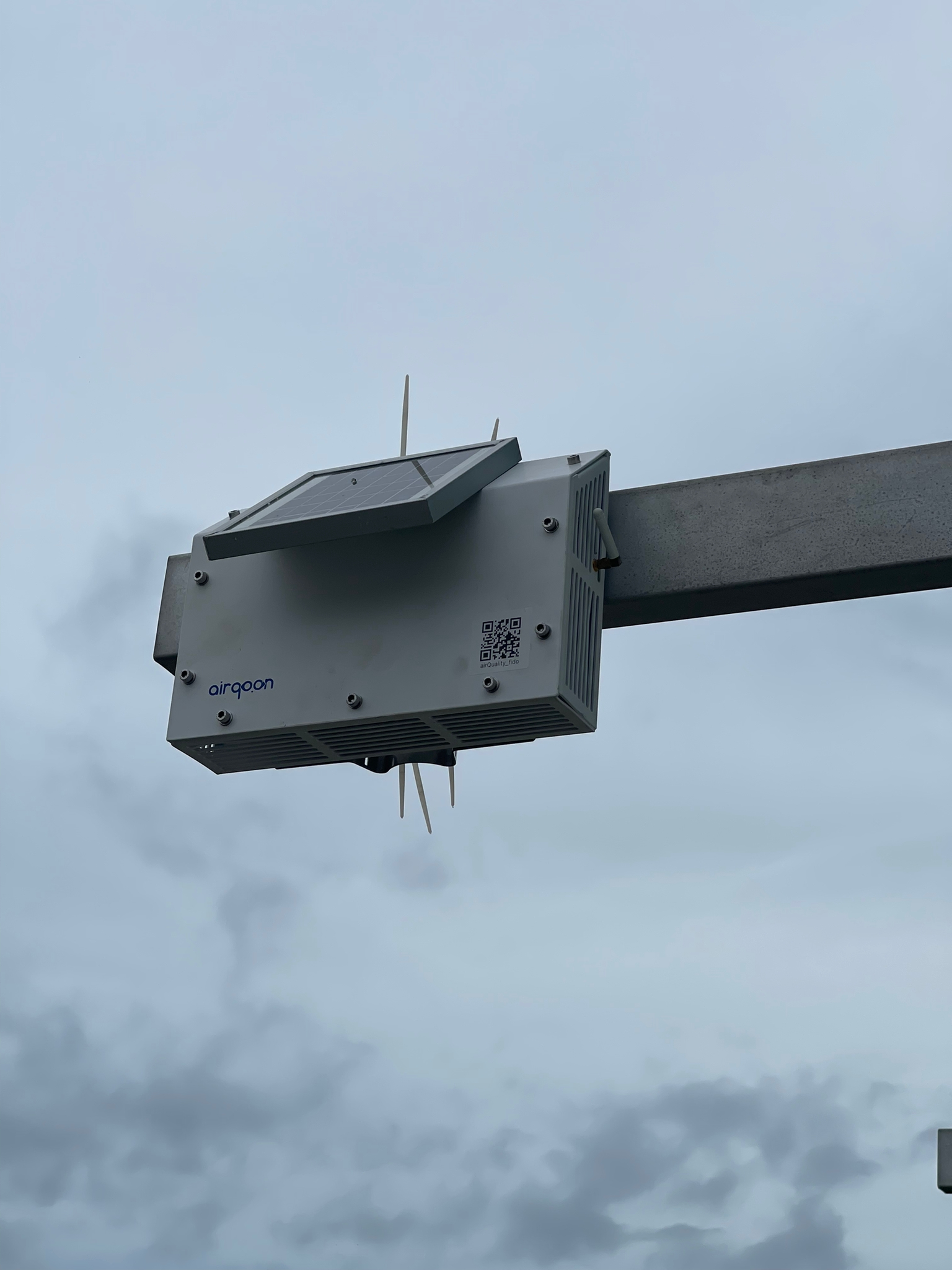Heat islands are urbanized areas with higher temperatures than the outer regions. Urban areas, where structures are highly concentrated and greenery is limited, become islands with higher temperatures than in the external sites. Heat islands contribute to higher levels of air pollution. Due to the heat island effect, people living in cities are at greater risk than those living in suburban or rural areas. Urban heat islands cause many adverse effects, such as health problems, increased energy consumed for cooling, air pollution, water scarcity, and climate change.

Heat islands increase the demand for air conditioning, namely electricity, to cool buildings. This demand for increases is a financial burden for many people, predominantly low-income households. In addition, companies that provide electricity use fossil fuel plants to cover much of this price, increasing air pollutants and greenhouse gas emissions. At the same time, high temperatures can directly increase the rate of ozone formation at ground level.
Increasing public investment in green infrastructure is critical to solving heat islands. The Airqoon air monitoring system facilitates complex data collection on particulate matter, gaseous pollutants, and meteorological factors. The Airqoon air monitoring system offers accurate real-time data. It allows citizens sensitive to air pollution and temperature to plan their day and limit their exposure by sharing it with communities through local authorities.









